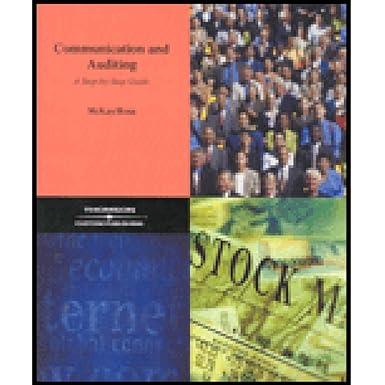







Required information [The following information applies to the questions displayed below.] Conroy Company manufactures two products-B100 and A200. The company provided the following information with respect to these products: B100 2,800 A200 2,000 Estimated customer demand (in units) Selling price per unit Variable expenses per unit $1,200 $ 700 $2,100 $1,200 The company has four manufacturing departments-Fabrication, Molding, Machining, and Assemble & Pack. The capacity available in each department (in hours) and the demands that one unit of each of the company's products makes on those departments is as follows: B100 (hours per unit) A200 (hours per unit) Fabrication Molding Machining Assemble & Pack WONN Capacity (in hours) 4,000 6,000 5,000 4,500 The company is trying to decide what product mix will maximize profits. Given that its fixed costs will not change regardless of the chosen mix, the company plans to identify the product mix that maximizes its total contribution margin. Click here to download the Excel template, which you will use to answer the questions that follow. 3. Refer to the Requirements 1-3 tab in your Excel spreadsheet. Based on the answers to requirements 1 and 2: a. Which product has the highest contribution margin per hour of its constraining resource? b. If the company decided to initiate production by maximizing the output of the product chosen in requirement 3a, then how many units of this product would it be able to make before encountering that product's constraint? c. If the company implemented the production plan in requirement 3b, then how many units of its remaining product could it make with the capacity that is still available? (Hints: Your answer from requirement 3b should be input into one of two choices, either cell B7 or C7. Then, you should direct your attention to the unused capacities in cells J15 through J18.) d. What total contribution margin would the company earn if it followed the production plan described in requirements 3b and 3c? (Hint: Your answer from requirement 3c should be input into one of two choices, either cell B7 or C7.) Req Req 3B Req 3C Req 3D Which product has the highest contribution margin per hour of its constraining resource? The product with the highest contribution margin per hour of its constraining resource is A200 _Req 3A Req 3B > Req Req 3B Req 30 Req 3D If the company decided to initiate production by maximizing the output of the product chosen in requirement 3a, then how many units of this product would it be able to make before encountering that product's constraint? The maximum output is units Req 3A Req 3B Req 3C Req 3D If the company implemented the production plan in requirement 3b, then how many units of its remaining product could it make with the capacity that is still available? (Hints: Your answer from requirement 3b should be input into one of two choices, either cell B7 or C7. Then, you should direct your attention to the unused capacities in cells J15 through J18.) The maximum output is units Req Req 3B Req 30 Req 3D What total contribution margin would the company earn if it followed the production plan described in requirements 3b and 3c? (Hint: Your answer from requirement 3c should be input into one of two choices, either cell B7 or C7.) The total contribution margin is Conroy Company Volume Trade-Off Decisions with More Than One Constraint Contribution Margin Analysis B100 Max Units A200 Max Units B100 A200 Units sold Selling price Variable expense per unit Contribution margin per unit Contribution margin per hour Departmental Data: Hours Demanded per Unit and Capacity Available B100 A200 Capacity (Hours per Unit) (Hours per Unit) (in Hours) Fabrication 4,000 Molding 6,000 Machining 0 5,000 Assemble & Pack 4,500 $ $ 1,200 $ 700 $ 500 $ 2,100 1,200 900 w on N B100 A200 Total $ - $ - $ Sales Variable expenses Contribution margin Departmental Data: Used vs. Unused Capacity (in Hours) B100 A200 Used Fabrication Molding Machining Assemble & Pack $ - Unused 4,000 6,000 5,000 4,500














